September 2, 2016
Younger people less keen on recycling at work, especially coffee cups 0
 The younger generation have a reputation for being pretty keen on addressing environmental issues, but new data alleges they’re not as open to changing their behaviours. There’s actually a clear generational gap when it comes to attitudes towards recycling at work and it’s the older generation who make more effort, a new survey suggests. It claims that younger people are around 16 percent less likely to recycle at work with just 64 percent of people aged 18-24 prepared to adhere to their employers’ recycling policies. One particular cause of concern is the fact that 2.5 billion coffee cups are thrown away each year, leading the Liberal Democrats to recently call for action to be taken to address the fact that only one in 400 cups are recycled. The survey, which was carried out by commercial waste recycling services provider Direct365, claims that 72 percent of people do actually recycle items at work overall.
The younger generation have a reputation for being pretty keen on addressing environmental issues, but new data alleges they’re not as open to changing their behaviours. There’s actually a clear generational gap when it comes to attitudes towards recycling at work and it’s the older generation who make more effort, a new survey suggests. It claims that younger people are around 16 percent less likely to recycle at work with just 64 percent of people aged 18-24 prepared to adhere to their employers’ recycling policies. One particular cause of concern is the fact that 2.5 billion coffee cups are thrown away each year, leading the Liberal Democrats to recently call for action to be taken to address the fact that only one in 400 cups are recycled. The survey, which was carried out by commercial waste recycling services provider Direct365, claims that 72 percent of people do actually recycle items at work overall.







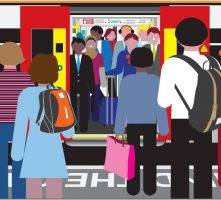


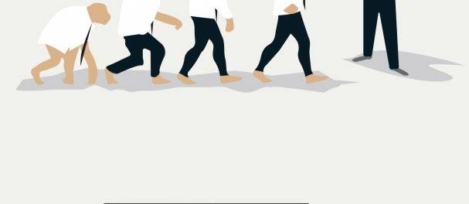
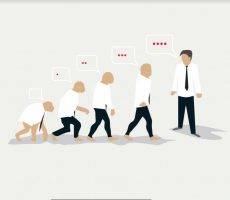









 Some may think this is a daft question. They’ll argue that of course people matter when we design workplaces. Granted, there are those for whom the human experience of the built environment is really important. They demonstrate this it in their attitudes and actions. However, based on some of the attitudes and actions I have observed over the years, I would suggest that the belief that people really matter when some designers design workplaces for them is quite frankly all too often skin deep. How do we know this? And if we accept that it is true, it then begs the secondary question of why this should be the case. Is it entirely our fault? What might we do to address the issues? In part, we know that people haven’t really mattered enough in design because of mistakes of the past. Meanwhile, society is facing many pressing challenges, ranging from health to housing, work to economy and climate change to resource depletion.
Some may think this is a daft question. They’ll argue that of course people matter when we design workplaces. Granted, there are those for whom the human experience of the built environment is really important. They demonstrate this it in their attitudes and actions. However, based on some of the attitudes and actions I have observed over the years, I would suggest that the belief that people really matter when some designers design workplaces for them is quite frankly all too often skin deep. How do we know this? And if we accept that it is true, it then begs the secondary question of why this should be the case. Is it entirely our fault? What might we do to address the issues? In part, we know that people haven’t really mattered enough in design because of mistakes of the past. Meanwhile, society is facing many pressing challenges, ranging from health to housing, work to economy and climate change to resource depletion.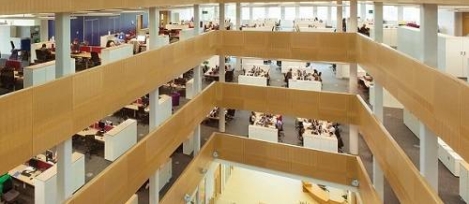
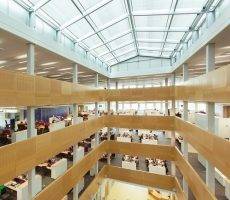

 We are more susceptible to infection at certain times of the day as our body clock affects the ability of viruses to replicate and spread between cells, suggests new research from the University of Cambridge. The findings,
We are more susceptible to infection at certain times of the day as our body clock affects the ability of viruses to replicate and spread between cells, suggests new research from the University of Cambridge. The findings, 








September 3, 2016
Electrosensitivity and the question of whether WiFi may be making us ill 0
by Mike James • Comment, Technology, Wellbeing
(more…)